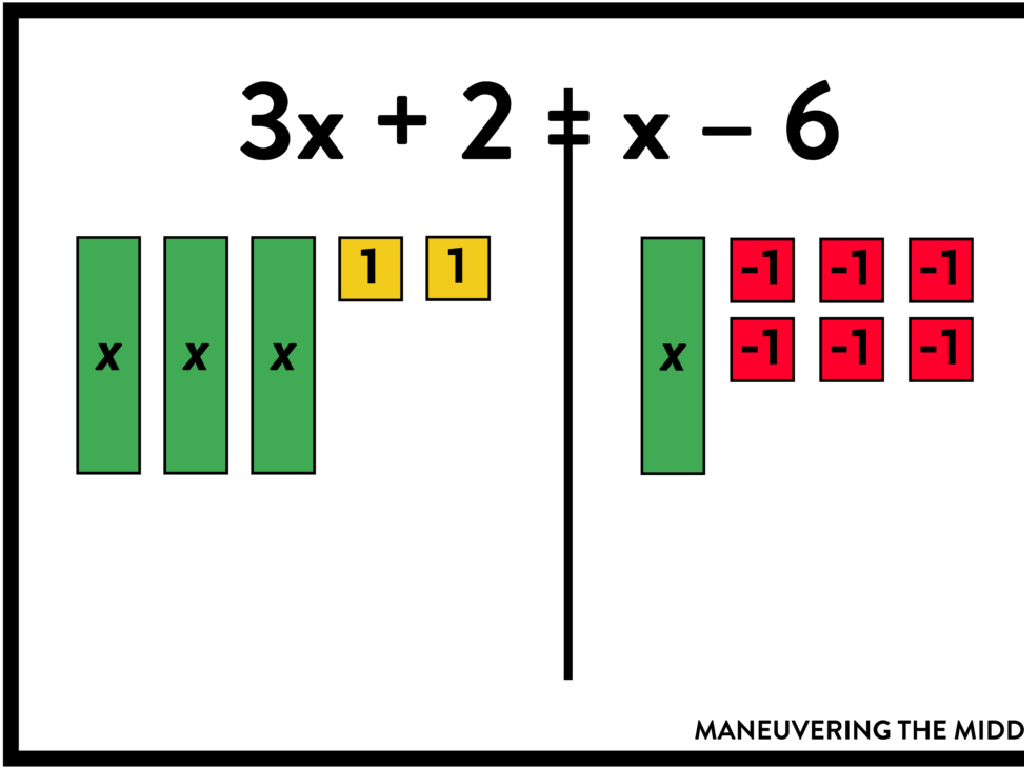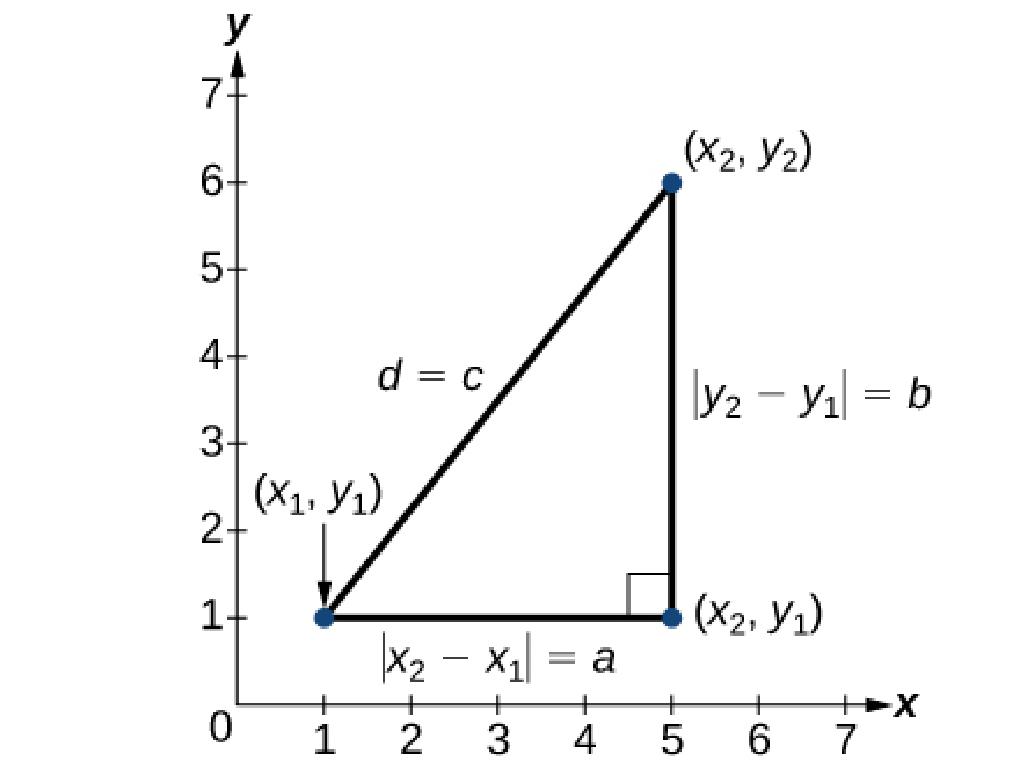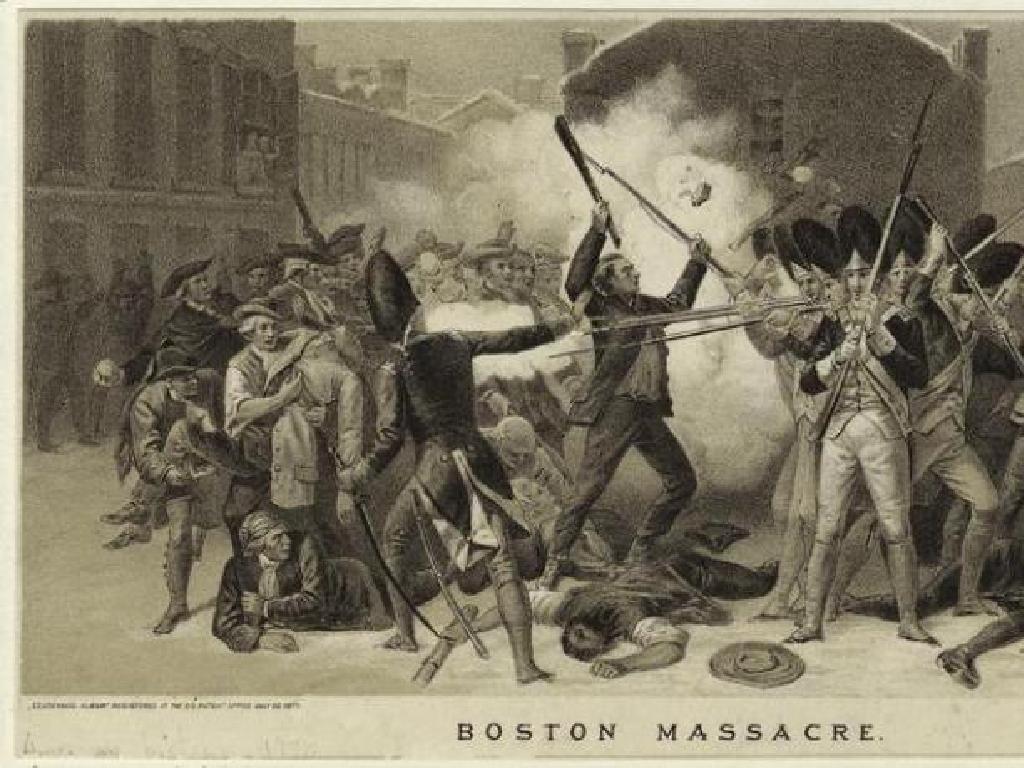The Ancient Silk Road: Goods And Ideas
Subject: Social studies
Grade: Sixth grade
Topic: The Silk Road
Please LOG IN to download the presentation. Access is available to registered users only.
View More Content
Welcome to the Silk Road!
– Discover the Silk Road
– A network of trade paths connecting East and West
– Explore ancient trade routes
– Caravans traveled carrying goods, traversing vast deserts and mountains
– Learn why the Silk Road matters
– It was the global trade center for exchanging goods and ideas
– Uncover the impact on civilizations
– Cultures interacted, leading to the spread of technology, religion, and culture
|
This slide introduces students to the ancient Silk Road, emphasizing its significance as a network of trade routes that linked the Eastern and Western worlds. Highlight the exchange of not just goods like silk and spices, but also ideas, technology, and cultural practices. Discuss how the Silk Road was a cornerstone in creating a globalized world, fostering interactions between diverse civilizations. Encourage students to think about how trade routes affect their lives today and the importance of cultural exchange. Use maps to help visualize the Silk Road’s expanse and discuss the challenges traders faced on these journeys.
Exploring the Silk Road
– Defining the Silk Road
– An ancient series of trade paths linking diverse cultures
– A network of ancient trade routes
– It was more than one road, but a web of routes for trade
– Connected East to West
– It bridged the Eastern and Western worlds
– From China to the Mediterranean
– Goods, ideas, and cultures traveled these routes
|
The Silk Road refers to the historic set of caravan routes that facilitated the trade of silk and other commodities between the East and the West. It was not a single road but a vast network of interconnected trade routes that spanned from China to the Mediterranean Sea, enabling cultural and commercial exchange. This network was pivotal in the development of the civilizations it connected, allowing not only for the trade of goods like silk, spices, and precious metals but also for the exchange of ideas, technology, and culture. The Silk Road played a crucial role in shaping the history of the world by making distant regions accessible to each other. In class, we will discuss the impact of the Silk Road on the modern world and how it set the stage for global trade.
Goods Along the Silk Road
– Silk: A prized commodity
– Silk was highly sought after, especially in Rome.
– Diversity of trade goods
– Spices, textiles, and metals were also traded.
– Understanding supply and demand
– Supply and demand determined the value of goods.
– Impact on ancient economies
– Trade influenced the wealth and growth of civilizations.
|
This slide aims to educate students about the variety of goods that were traded along the Silk Road and the basic economic principle of supply and demand that governed trade. Silk, being the most famous commodity, was in high demand in Europe, making it very valuable. Other goods like spices, textiles, and precious metals were also traded, showing the diversity of the Silk Road’s trade network. Explain the concept of supply and demand in simple terms: if a lot of people want something that there isn’t much of, it becomes more valuable. Highlight how the trade of these goods led to the prosperity and development of many ancient civilizations along the Silk Road.
Ideas Along the Silk Road
– Spread of religions and philosophies
– Buddhism and Islam traveled with traders.
– Cultural exchanges’ impact
– Art, music, and science were shared, enriching societies.
– Ideas valued like goods
– Innovations and knowledge were traded, not just physical items.
– Influence on civilizations
|
This slide explores the intangible exchanges along the Silk Road, emphasizing that ideas and culture were as significant as the tangible goods traded. Highlight the spread of major religions like Buddhism and Islam, which moved along trade routes and influenced many regions. Discuss the profound impact of cultural exchanges, such as the sharing of art, music, and scientific knowledge, which led to the enrichment and advancement of societies along the Silk Road. Explain that ideas and innovations were considered valuable commodities, much like silk or spices, and were eagerly sought after. The exchange of ideas and culture had a lasting influence on the civilizations connected by the Silk Road, shaping the world in ways that are still evident today. Encourage students to think about how ideas can influence and connect different cultures, just as they did in ancient times.
Travelers of the Silk Road
– Meet Marco Polo and Ibn Battuta
– Venetian merchant who traveled to China, Ibn Battuta from Morocco explored Asia and Africa
– Explore their Silk Road journeys
– Marco Polo journeyed for 24 years, Ibn Battuta for 30 years, both encountering diverse cultures
– Discover stories from their travels
– Their tales reveal trade, culture, and the exchange of ideas along the Silk Road
– Understand their impact on history
– Their writings offer a detailed account of the Silk Road, influencing future explorers and traders
|
This slide introduces students to Marco Polo and Ibn Battuta, two of the most famous travelers of the Silk Road. Their extensive journeys and the stories they brought back have helped document the existence and the importance of the Silk Road. Marco Polo’s travels to China and Ibn Battuta’s adventures across Asia and Africa provide a vivid picture of the cultural and economic exchanges that took place. Their accounts have been crucial in understanding the historical significance of the Silk Road and its impact on the world. Encourage students to think about how these travelers’ stories have shaped our knowledge of ancient trade routes and their influence on the spread of ideas and goods.
Dangers on the Ancient Silk Road
– Challenges for Silk Road traders
– Long, risky journeys with valuable goods
– Natural barriers encountered
– Harsh deserts, towering mountains, and vast rivers
– Threats from bandits
– Robbery was common, risking lives and merchandise
– Impact of political strife
– Trade routes often disrupted by wars and disputes
|
This slide aims to highlight the various dangers and difficulties that traders on the ancient Silk Road faced. Emphasize the length and peril of the journeys traders undertook, often carrying expensive and sought-after goods that attracted thieves. Discuss the natural obstacles such as the Taklamakan Desert, the Himalayas, and the Yellow River that made travel treacherous. Highlight the human threats, including bandits who preyed on caravans and political conflicts that could lead to unsafe travel conditions or closed borders. Use this discussion to help students appreciate the bravery and resilience of ancient traders and the complexities of historical trade routes.
The Silk Road’s Enduring Legacy
– Decline of the Silk Road
– Due to sea routes & less land trade.
– Lasting impacts on modern world
– Ideas, cultures, and goods spread.
– Influence on globalization
– Paved the way for global trade.
– Silk Road’s historical significance
|
The Silk Road was not only a network of trade routes but also a bridge between different civilizations, facilitating the exchange of goods, ideas, and culture. Its decline came with the rise of sea trade, which was more efficient and less hazardous. However, the Silk Road’s legacy lives on, influencing today’s world by laying the groundwork for globalization. It showed early examples of the exchange of not just goods, but also technology, religion, and philosophy, which have shaped the modern world. Discuss with students how the Silk Road can be seen as a precursor to our interconnected global economy and cultural exchanges.
Class Activity: Create Your Silk Road Caravan
– Imagine being a Silk Road trader
– Select goods and plan your route
– Choose items like silk, spices, or gold and decide starting point and destination
– Discuss potential travel challenges
– Consider geography, weather, bandits, and long distances
– Reflect on the trader’s experience
|
In this interactive class activity, students will engage with the history of the Silk Road by stepping into the shoes of ancient traders. They will select goods that were commonly traded, such as silk, spices, or precious metals, and map out a route they might have taken. Encourage them to think about various challenges like harsh deserts, mountain ranges, the need for water and food, and potential threats from bandits. Facilitate a discussion on how these factors would influence their journey. This activity aims to develop critical thinking and empathy by having students reflect on the experiences of historical figures. Possible activities: 1) Drawing their caravan and goods, 2) Writing a diary entry as a trader, 3) Creating a risk assessment for their journey, 4) Discussing in groups and presenting their route and strategy, 5) Comparing routes and strategies with classmates to understand different perspectives.






